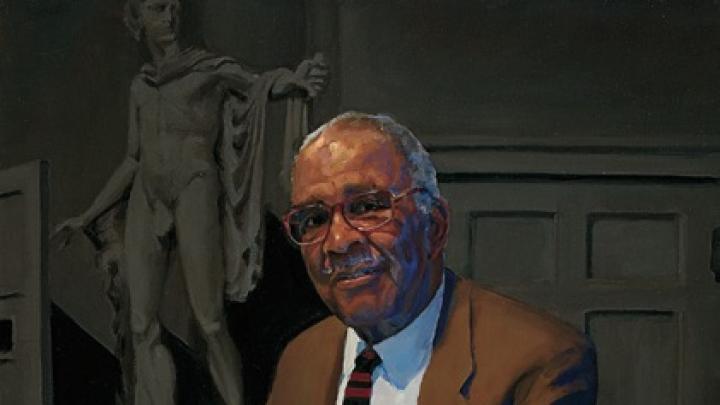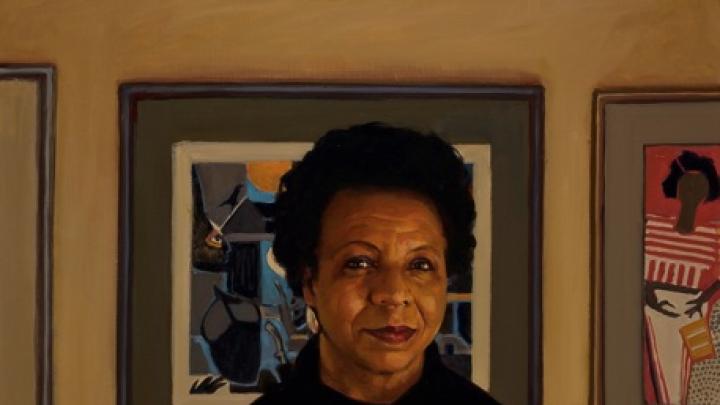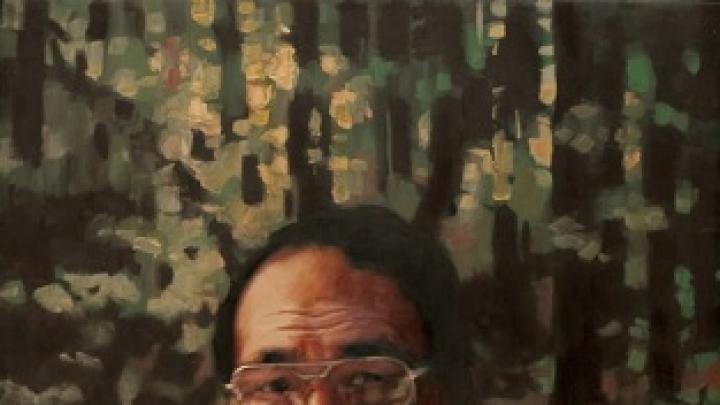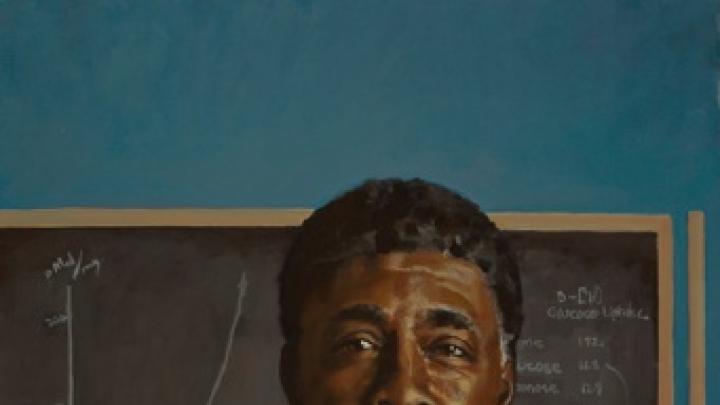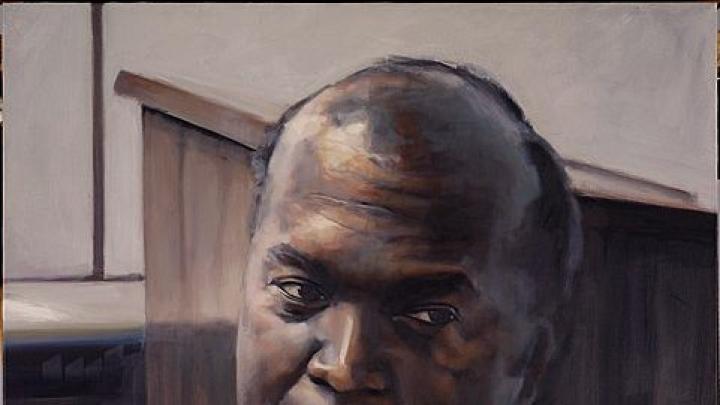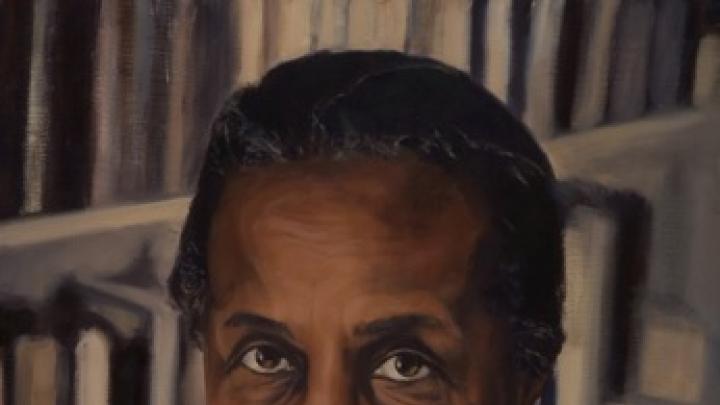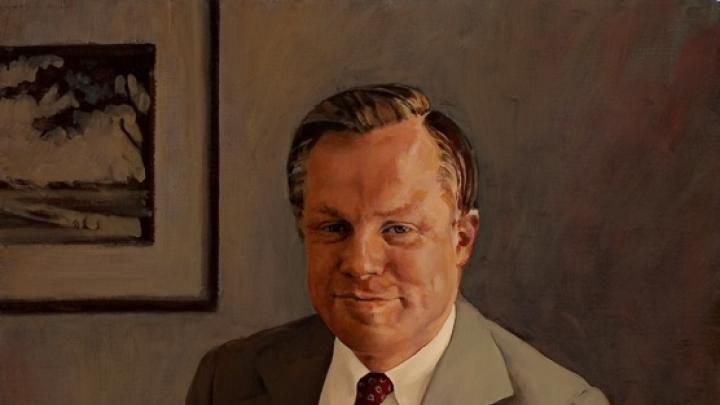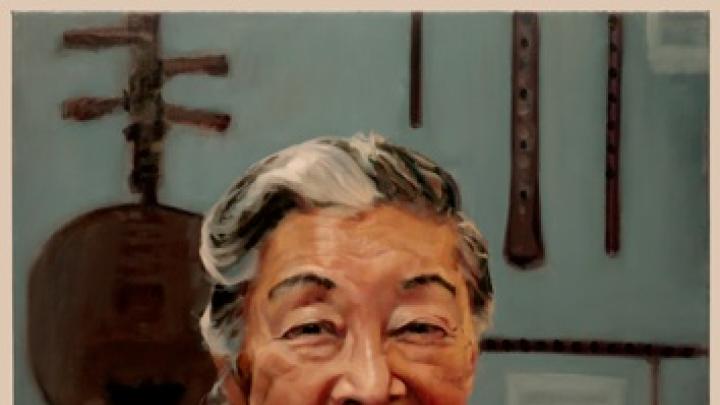The white men hanging on Harvard’s walls are moving over. With a $100,000 grant from the president’s office, the Harvard Foundation for Intercultural and Race Relations began in 2002 to commission oil portraits of minority and female Harvardians. Foundation director S. Allen Counter has said, “We simply wish to place portraits of persons of color and others who’ve served Harvard among the panoply of portraits that already exists.”
About 750 oil portraits occupy Harvard halls, not counting the Law School, according to a 2002 inventory. Some 60 are of white women. Only two are of minorities. The Boston Globe quoted Sandra Grindlay, recently retired curator of the University Portrait Collection, as saying that the portraits “have the power to represent the institution, insofar as when some students look at them, they think, ‘If this is Harvard, what am I doing here?’ ”
Counter assembled a committee to select portrait subjects who had worked at the University for at least 25 years, held a competition, and chose a painter, Stephen Coit. The first of 12 portraits Coit has done for the foundation is of the late Archie Epps III, the College’s longtime dean of students, who was African American. He has also painted Rulan Pian, a Chinese American who is professor emerita of music and of East Asian languages and civilizations, and Rabb professor of anthropology emeritus Stanley J. Tambiah, from Sri Lanka. The most recent portrait, unveiled in December, is of an imagined Caleb Cheeshahteaumuck, A.B. 1665, of Martha’s Vineyard, the first Native American to graduate from Harvard. (He has had commissions from other parts of Harvard as well: for example, from the Radcliffe Institute for Advanced Study for a portrait of President Drew Faust.)
Coit ’71, M.B.A. ’77, of Cambridge, is an alumnus of Silicon Valley, where he was a venture capitalist. He always liked to draw. In 1992, when he was laid up for months with a bug, a friend gave him a box of pastels to experiment with. In 1996, at the age of 48, he quit funding entrepreneurs to paint full time.
As an undergraduate, Coit looked at the portraits in Lowell House, where he lived, and thought them a lifeless lot. This November he added a portrait of his own to their ranks (below). It is of fellow Lowellian Chester M. Pierce ’48, M.D. ’52, professor emeritus of both psychiatry and education and a psychiatrist at Massachusetts General Hospital. Last spring the hospital named its global psychiatry division in Pierce’s honor.
A good story about Pierce turns up in Football: The Ivy League Origins of an American Obsession (2001), by Mark F. Bernstein: “In 1947, [he] became the first African American to compete against a white college in the South when the Crimson traveled to Charlottesville to play the University of Virginia. A few weeks before the game, a Virginia athletic official called [Harvard director of athletics] Bill Bingham to suggest that Pierce not make the trip, lest there be any disturbances in the stands. To his credit, Bingham made it clear that either the whole Harvard team went or no one went. A few Harvard players, including captain Kenny O’Donnell, later an aide to President John F. Kennedy, wrote to the Virginia players reiterating that Pierce was a member of the team and would play. The Cavaliers, many of whom came from the Northeast anyway, unanimously voted their agreement.
“If the Virginia players were not a problem, the Virginia citizenry was. When a Charlottesville hotel manager insisted on lodging Pierce in a black hotel, [head coach Dick] Harlow moved the rest of the team there, as well. When a local restaurant owner made Pierce use the rear door, the entire Harvard team followed. When the Crimson entered the stadium on Saturday afternoon, Harlow ran in next to Pierce, staying on the side closest to the stands so that any debris thrown might hit him instead. Despite catcalls from the bleachers, the game passed without incident….”
Harvard got a drubbing, 47-0, but at the end of the day was not shamefaced.
